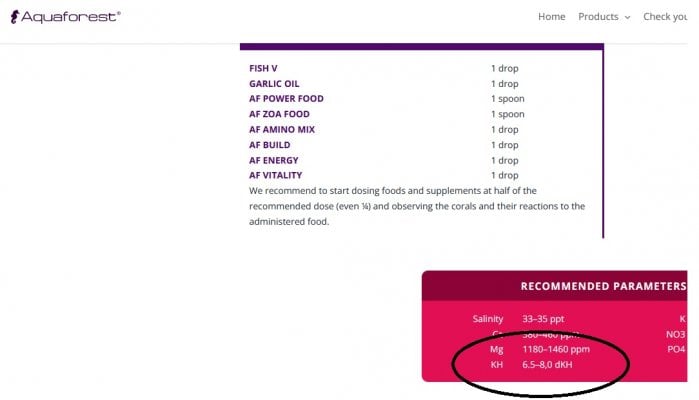- Joined
- Dec 4, 2019
- Messages
- 48
- Reaction score
- 45
I definitely believe that every tank is different. This is the first tank that no matter what I seem to do, the Alk gets back down to 6.5 - 7 dkh, I slowly bring it back up with dosing to 8 - 8.5 and within a month it will settle back down. Even after increasing my calcium reactor drip. I have since just decided to kept it there, and it's been doing amazing. Today's reading was 6.5 dkh. I think as long as it's stable, you'll be fine (Within reason of course).


Last edited:




















